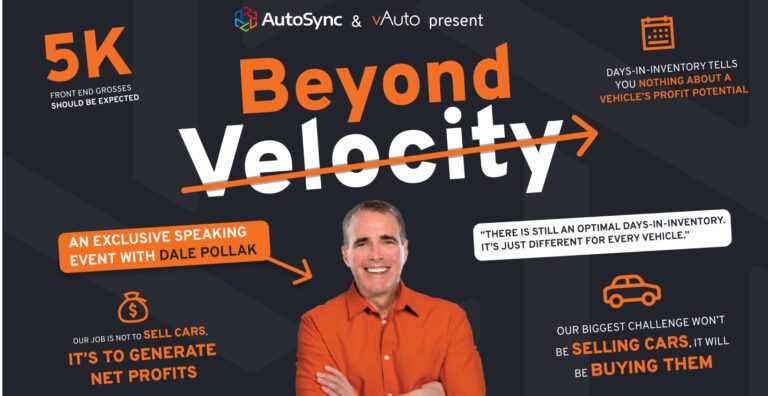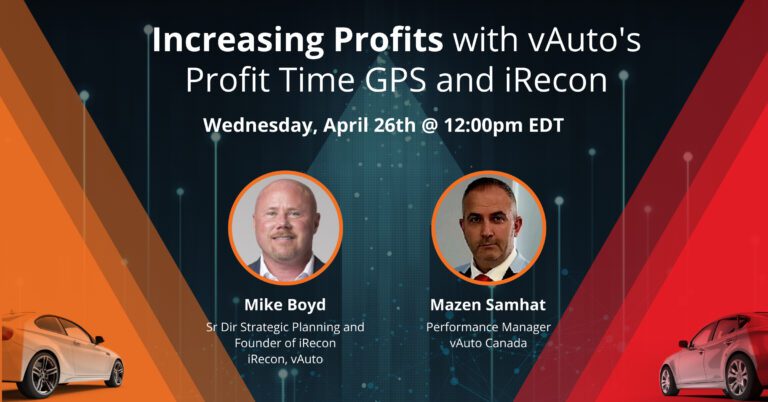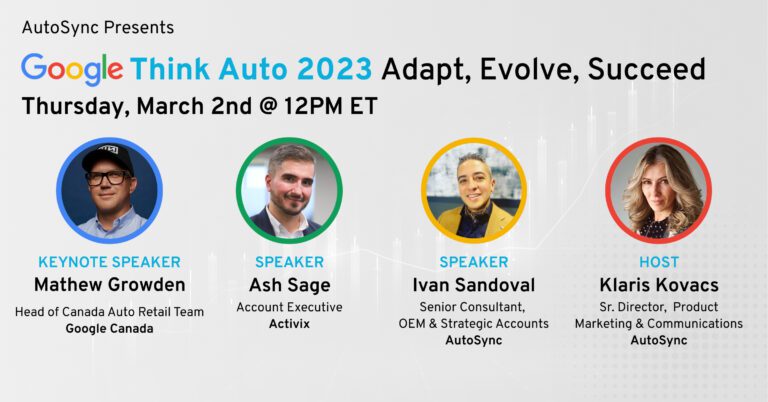Are you ready for Lead Nurturing? In order to maximize the efficiency and the results, dealerships should learn everything relating to automation and lead nurturing. It’s already really popular in a lot of dealerships and other industries, and everyone would benefit from refining strategies that generate results.
What’s Lead Nurturing?
Lead nurturing is the process of automating your actions with potential clients coming from web requests. The strategy consists of segmenting those leads in order to provide them with useful information throughout their buying journey. This also allows to boost interest, improve conversations and obtain information. To sum up, automation consists of planning follow-ups, as well as email and SMS mailing based on the client segments, therefore interacting with your potential clients wisely.
The goals of Lead Nurturing:
- Bring in more potential clients in-dealership thanks to your marketing efforts.
- Generate more leads and facilitate the work of your advisors and BDC agents.
- Follow your clients on a long-term basis.
- Acquire information on your potential clients.
- Position your dealership as an expert in product knowledge and customer service.
- Focus your energy on other follow-up activities or more profitable tasks.
What does Lead Nurturing look like?
Let’s take new vehicles as an example. You will receive a lot of online requests coming from different sources, forms and models. As the goal is to establish a follow-up calendar and useful communication options, you should have a different strategy depending on the scenario. For example, you don’t want to consistently give out the same information and carry out the same amount of follow-ups when a client fills out the ‘’configuring a vehicle’’ form, a credit application or a pop-up coupon for the same model.
Here’s an example of how a simple Lead Nurturing information request for a specific model works.
- Day #1: Managed by the sales team or BDC (by phone or email).
- Day #2: Send an automated email with the requested information on the vehicle.
- Day #3: Follow-up phone call automatically planned in the calendar
- Day #5: Automated email asking why they would buy from dealership XYZ.
- Day #7: Follow-up phone call automatically planned in the calendar
- Day #9: Send an SMS to ask them when would be the best time to reach them.
- Day #13: Automated email asking them questions regarding the timeline of their purchase.
- Day #20: Automated email with questions regarding their trade-in vehicle.
- Day #30: Automated email with links to promotions.
- Day #60: Information on similar vehicles.
- Day #90: Automated email to find out if the client is still searching for a new vehicle.
In this scenario, you have performed 1 manual follow-up, 3 automatically planned phone follow-ups, and 8 automated SMS and email follow-ups without any human interaction!
It goes without saying that automated follow-ups should be stopped depending on different situations, for example the client’s response.
There are many advanced strategies that allow you to follow the customer differently depending on the answers you get and their progress in the buying process. For example, for the question “When do you plan to purchase the vehicle?”, if the strategy is performed effectively with tailored answer choices, it could allow you to follow the customer over a different period of time and automatically adapt your strategy according to their answer.
Where to start
The first step consists in making sure you are using the proper CRM. This will allow you to segment your clients, automate your follow-ups and give yourself the flexibility to send appropriate follow-ups by email or SMS.
- Do you have the ability to segment your tasks and follow-ups per department, per vehicle type, per source, and form type?
- Do you have the ability to create templates per model in order to provide the clients with additional information?
- Can you select the times and dates for which you want to create your automations?
- Are you able to stop your automation messages or to edit them depending on different scenarios?
- Work with experts to show you how to use the platform and to help you edit the strategies that are not working to expectations.
Is it only beneficial to web requests?
While it is mostly used for the management of web requests in the vehicle industry, this practice should be extended to the clients who came to see a vehicle in-dealership but haven’t purchased, as well as your portfolio of clients in leasing, financing, and cash.
For example, if a client came in-dealership but hasn’t purchased, you could automate a few added value follow-ups. About 24 hours after their visit, an email from the Manager could be sent without any human action, to evaluate the clients sentiment of the car as well as the service in-dealership. There could also be a second automated follow-up 72 hours after their visit to explain the benefits of buying a car from dealership XYZ.
There are a lot of possible strategies, and even more so when we talk about clients in leasing, financing and cash.
Are you ready to shift to the next gear by being more efficient and selling more vehicles?




